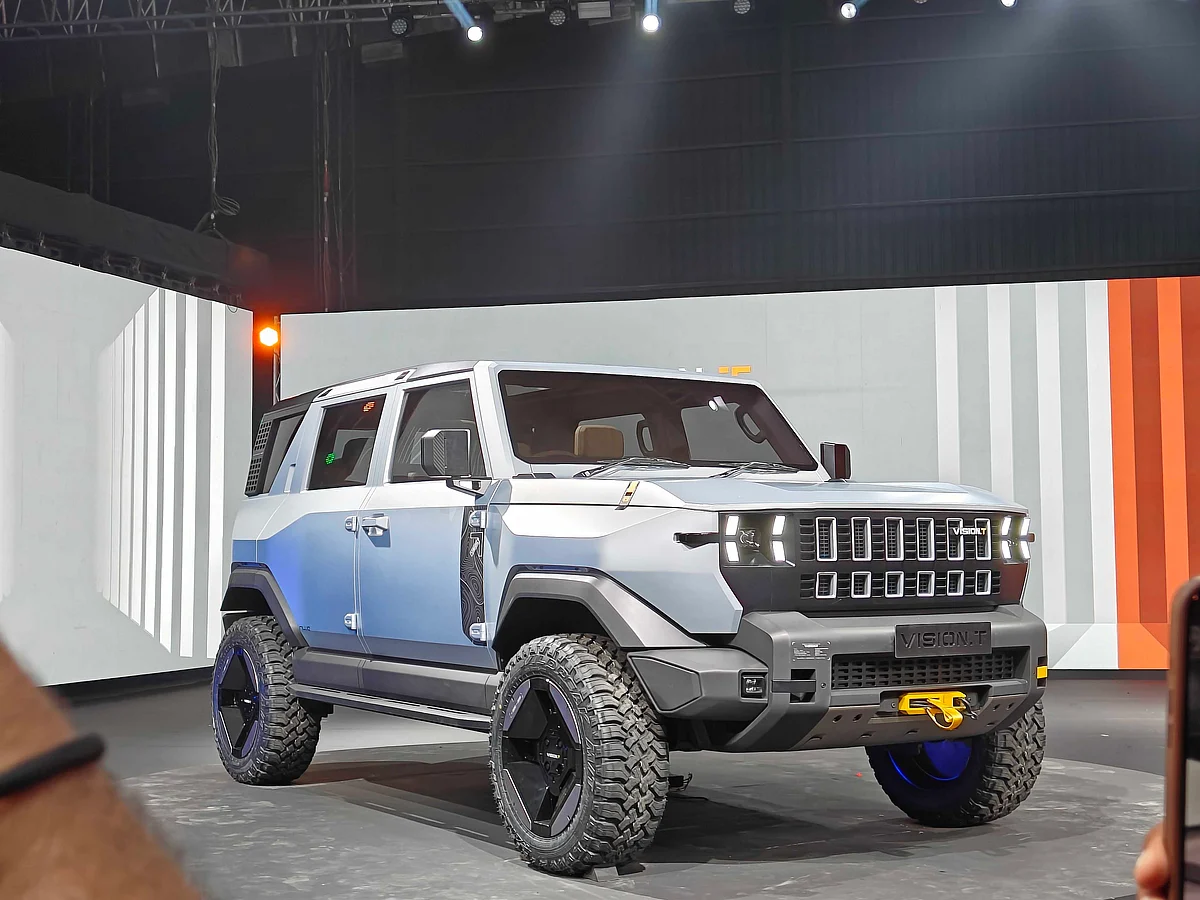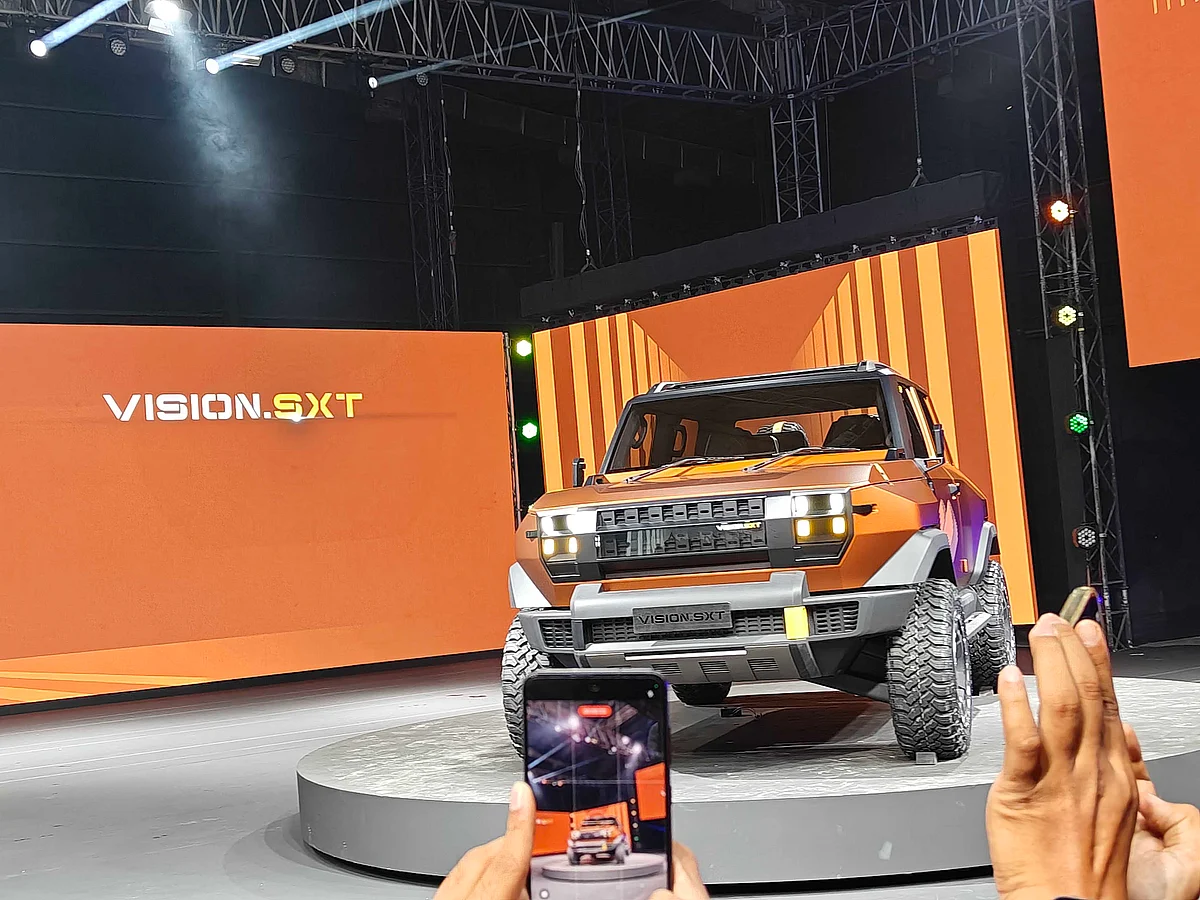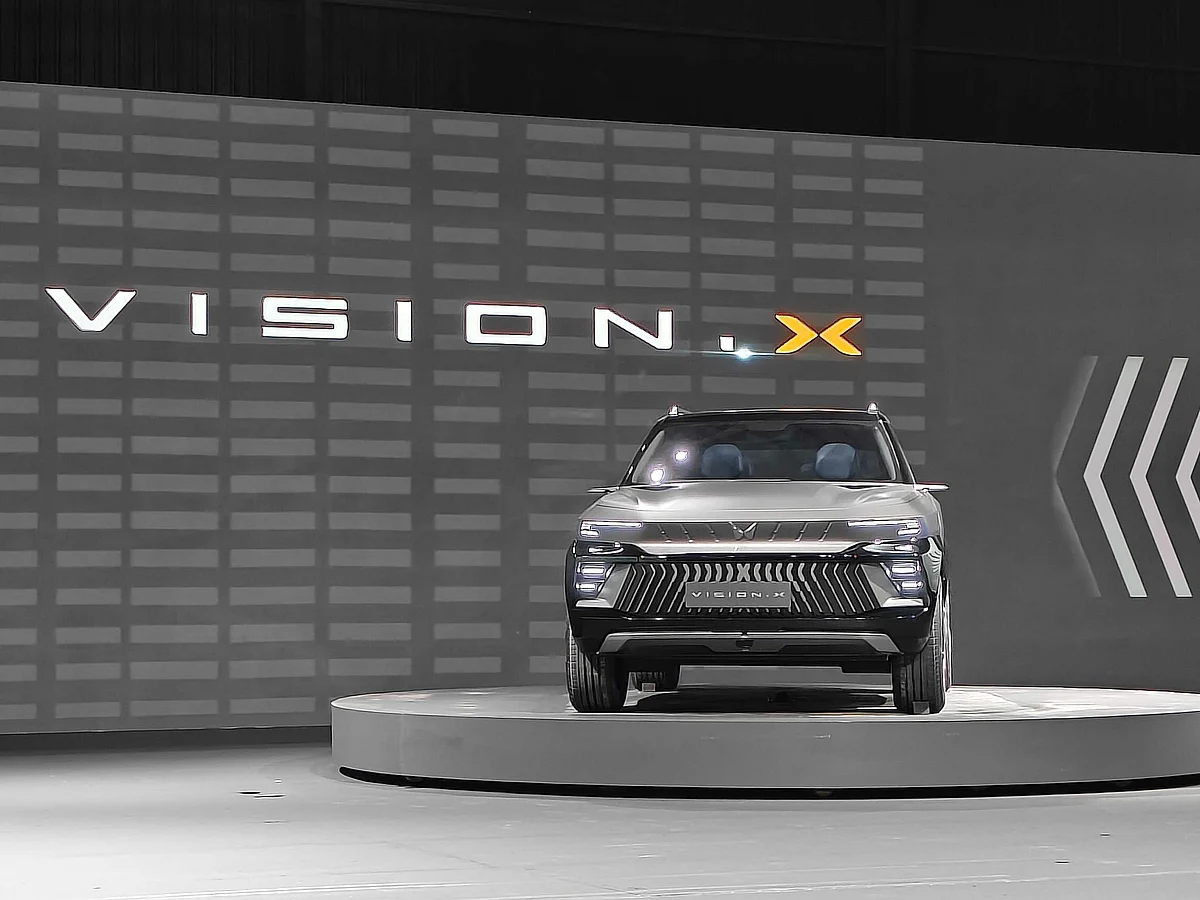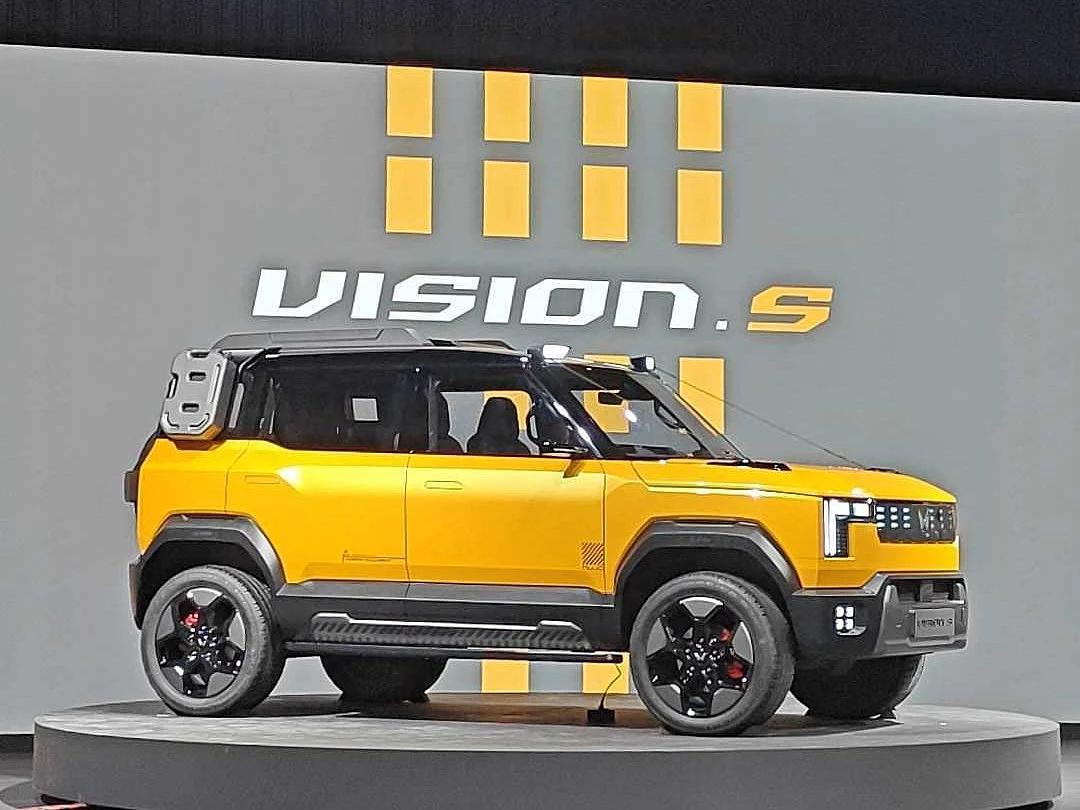Mumbai: On the occasion of India’s 79th Independence Day, Mahindra made a powerful statement about its future direction in the automotive industry, unveiling four striking concept cars at its Freedom NU event in Mumbai.
These new concepts, the Vision.T, Vision.X, Vision.S and Vision.SXT, are all underpinned by the company’s next-generation NU.IQ platform, a versatile architecture that will serve as the foundation for the brand’s upcoming range of SUVs, aimed at both domestic and international markets. The debut of this platform marks a pivotal moment for Mahindra, signalling a fresh chapter in its product strategy and technological evolution.
About All New NU.IQ Platform
The NU.IQ platform, also referred to as the Freedom NU architecture, has been designed with flexibility at its core, accommodating multiple powertrain options including petrol, diesel, electric and hybrid. This adaptability is key to Mahindra’s global ambitions, enabling the automaker to cater to varying market demands across regions. Likely featuring a monocoque construction, the new architecture will be capable of supporting advanced drivetrain configurations while retaining rugged SUV capability.
The company confirmed that its first vehicles based on this platform will roll out in phases, with India leading production and exports to Australia and South Africa as part of the first phase. The UK will follow in the second phase, with current Mahindra EVs already on their way to the British market.

Vision.T | Prathamesh Kharade FPJ
Vision.T
Among the concepts unveiled, the Vision.T stood out as a potential near-production electric iteration of the brand’s legendary off-road SUV lineage. Drawing design inspiration from the 2023 Thar.e concept, the Vision.T carries a bold and boxy stance, underlining Mahindra’s intent to blend its proven off-road DNA with modern electric vehicle technology.

Vision.SXT | Prathamesh Kharade FPJ
Vision.SXT
The Vision.SXT, meanwhile, adopts a robust yet refined look, showcasing a muscular, upright stance with a clamshell hood and exposed bonnet hinges. These details hint at a practical engineering approach, possibly enabling the bonnet to open in multiple directions for easier maintenance, whether for a conventional engine or electric power unit.

Vision.X | Prathamesh Kharade FPJ
Vision.X
The Vision.X took a different design route, leaning towards a sleeker and sharper exterior with pronounced character lines. Inside, it promises a driver-focused environment with a cockpit-like cabin layout, suggesting a blend of performance styling with everyday usability.

Vision.S | Prathamesh Kharade FPJ
Vision.S
The Vision.S, on the other hand, retained a more traditional, boxy off-road look, complete with functional details such as fog lamps, side tool box, a ladder and additional accessories to boost its all-terrain capability.
Mahindra has paid key attention to the engineering of the NU.IQ platform. It incorporates a five-link rear suspension system enhanced by the company’s DAVINCI damper technology, aimed at delivering class-leading agility and ride comfort.
Several Specifications Ahead Of All In Its Segment
The automaker also promises segment-leading specifications across several parameters: a ground clearance of 227mm, an approach angle of 28°, a break-over angle of 28.2°, and a departure angle of 34.8°. The platform will also offer a commanding seat height of 1,583mm, a driver’s ‘H’ point at 350mm and the longest wheelbase in the segment at 2,665mm. Mahindra has also designed the platform to accommodate the largest tyre outer diameter in its class.
Practicality has not been overlooked. The NU.IQ architecture will provide an impressive 644 litres of boot space (measured up to the roof), which Mahindra compared to offerings from luxury SUVs. The rear passenger area will offer 229mm of legroom and, notably, the company says this will be the first internal combustion engine vehicle to feature a completely flat floor in the second row, a design trait more commonly seen in electric vehicles.
Details On Production & Investment
Mahindra’s investment in the NU.IQ platform shows its long-term commitment to the SUV segment and future-ready technologies. Between FY25 and FY27, the automaker plans to allocate Rs 27,000 crore towards the development and rollout of vehicles based on this platform. The first phase of production will take place at Mahindra’s Chakan plant in Maharashtra, with an annual capacity target of 2.4 lakh units. While core production will remain in India, the brand aims to leverage free trade agreements and conduct detailed market studies to optimise its 'EV-first' approach in certain export regions.
The architectural rollout will extend through 2027, with initial offerings prioritising petrol and diesel variants to cater to markets where internal combustion engines remain dominant. At the same time, Mahindra will aggressively push its electric models in markets with growing EV adoption. This dual-track strategy reflects the company’s recognition of the diverse pace of automotive electrification across different geographies.
The Freedom NU event, set against the symbolic backdrop of Independence Day, was not merely a product showcase but a statement of Mahindra’s intent to assert itself as a global SUV leader. By introducing four distinct concepts on a single modular platform, the company is positioning itself to efficiently scale production, diversify offerings and quickly adapt to shifting consumer and regulatory trends worldwide.






.png)